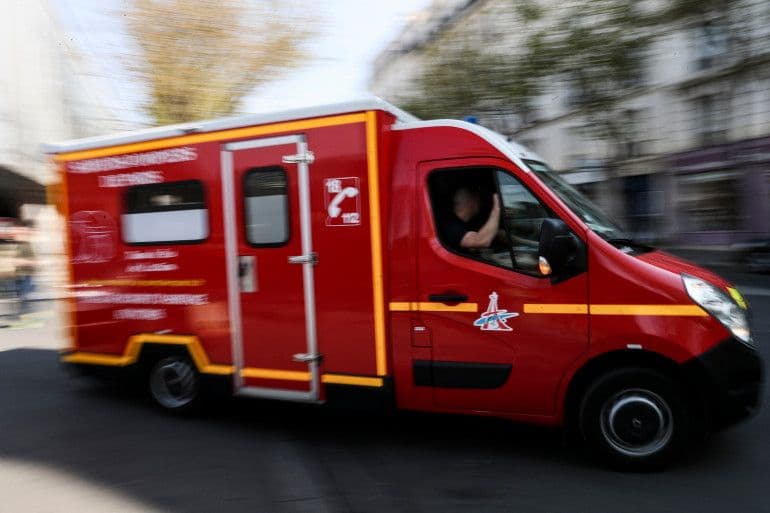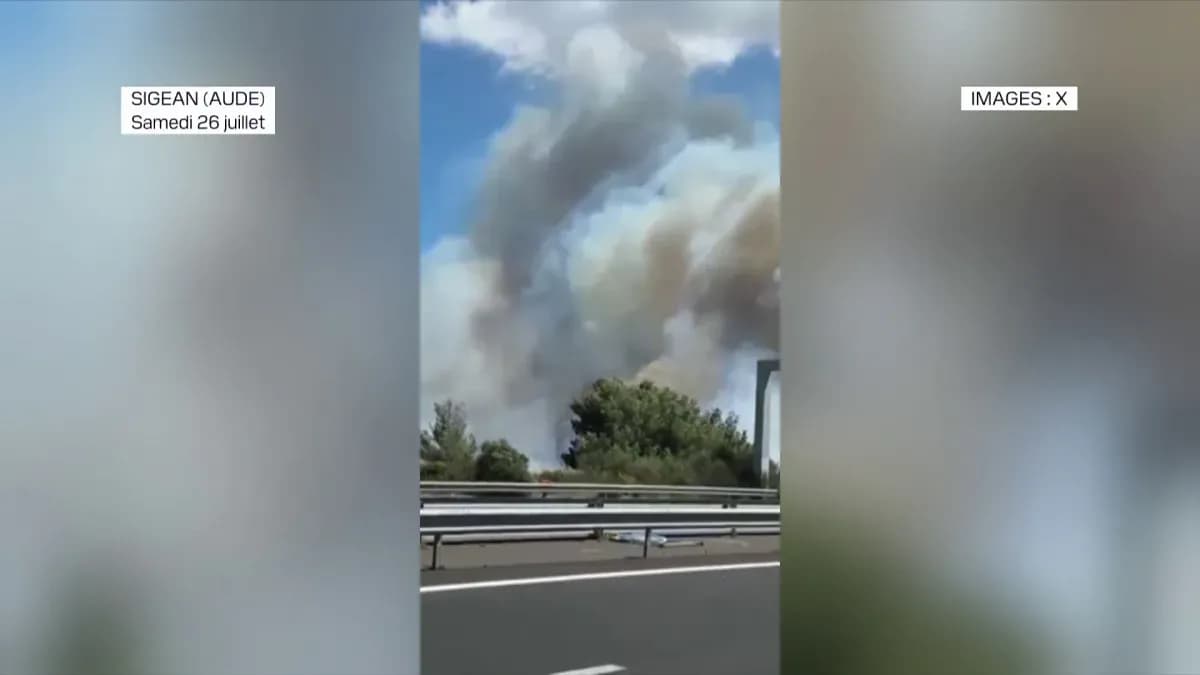When Every Second Counts: Andalusia's Digital Nerve Center in the Wildfire War
Discover how Andalusia harnesses cutting-edge digital platforms & seamless coordination to battle wildfires, protect communities, and build a resilient future.
The Silent Watchers: Decoding Real-Time Alerts
Andalusia's battle against wildfires begins long before the first flame, deep within the digital heart of its emergency infrastructure. The operates a 24/7, 365-day information hub, primarily through its . This platform is a game-changer, offering real-time wildfire data that transforms public awareness and initial response. Citizens can access a dedicated "real-time forest fires" button, filtering incidents by status – active, stabilized, controlled, or extinguished, each color-coded for immediate clarity. Users can also view data by province or across the entire region, complete with details on deployed resources and a running tally of fires for the year. This transparent, accessible information empowers both the public and early responders. When smoke billows, like the "more than fifty calls" received by the 1-1-2 emergency phone line concerning the , these initial alerts are instantly fed into the system, triggering an immediate, multi-agency activation, laying the groundwork for a coordinated defense rather than a chaotic scramble.
Orchestrating the Response: A Symphony of Agencies
Once the silent watchers detect a threat, Andalusia's emergency response shifts into a meticulously orchestrated operation. The , acting as the central nervous system, doesn't just receive calls; it immediately mobilizes a diverse array of forces. For the near Castillo de La Albaida, this meant the rapid activation of (Andalusia's Forest Fire Emergency Plan), the , , (including their regional unit), the , and . This rapid, integrated deployment is crucial. When the regional Presidency, Interior, and Social Dialogue Minister, , elevated the to "emergency phase, operational situation 1," it signaled a critical escalation. This phase is activated when a fire, even if potentially controllable by ordinary means, poses a significant threat to human life and non-forest assets, necessitating comprehensive protective measures. The sheer scale of resources committed – three helicopters, four planes, eight forest firefighter groups, five fire engines, two BRICA units, alongside technicians and environmental agents – underscores the collaborative, multi-faceted approach, turning individual efforts into a unified "symphony" against the blaze.
The Human Element: Bravery, Resilience, and Evacuation
Amidst the sophisticated digital platforms and coordinated agency responses, the human impact of wildfires remains paramount. When a fire escalates, protecting lives and property becomes the immediate priority, often culminating in difficult but necessary decisions like evacuations. In the , the , in conjunction with , swiftly ordered the evacuation of several potentially affected urbanizations: Santa Ana de la Albaida, the equestrian club, Mirasierra, and the Hotel del Castillo de la Albaida. This decisive action, taken under "operational situation 1," highlights the direct human aspect of emergency management – ensuring the safety of residents and visitors. While the digital systems provide crucial data, it is the bravery of the forest firefighters, supported by vast aerial and ground resources, and the resilience of the evacuated communities that truly define the response. Their willingness to follow directives, coupled with the tireless efforts of responders battling the inferno, underscores the deep human commitment required to mitigate the devastating effects of these natural disasters.
Beyond the Blaze: Learning, Adaptation, and Future Readiness
The fight against wildfires in doesn't end when the last ember cools; it transforms into a crucial phase of learning and adaptation, shaping future readiness. The very existence of comprehensive systems like the and , with their 24/7 monitoring and detailed incident tracking, is a testament to an ongoing commitment to improvement. The data collected – from the number of fires to their status and the resources deployed – isn't just for real-time response; it's invaluable intelligence. This rich dataset informs post-incident analysis, helping authorities understand fire behavior, assess response effectiveness, and identify vulnerable areas. This continuous feedback loop allows to refine its strategies, invest in targeted prevention measures, and enhance the capabilities of its emergency services. By proactively leveraging insights gleaned from every incident, aims to not just react to the next blaze, but to anticipate, mitigate, and ultimately build a more resilient region, turning every challenge into a step towards a more robust, data-driven defense against the ever-present threat of wildfires.
Related Articles

Beyond the Blaze: The Human and Ecological Toll of Europe's Escalating Wildfires

Beyond the Blaze: The Human and Ecological Toll of Europe's Escalating Wildfires

Echoes of Preparedness: How BG-ALERT is Rewriting Bulgaria's Safety Script

Echoes of Preparedness: How BG-ALERT is Rewriting Bulgaria's Safety Script

Sigean's Fiery Embrace: Unpacking a Region's Recurring Battle with Blazes

Sigean's Fiery Embrace: Unpacking a Region's Recurring Battle with Blazes

Echoes of the Inferno: Unpacking the Desperate Battle Against Wildfires
